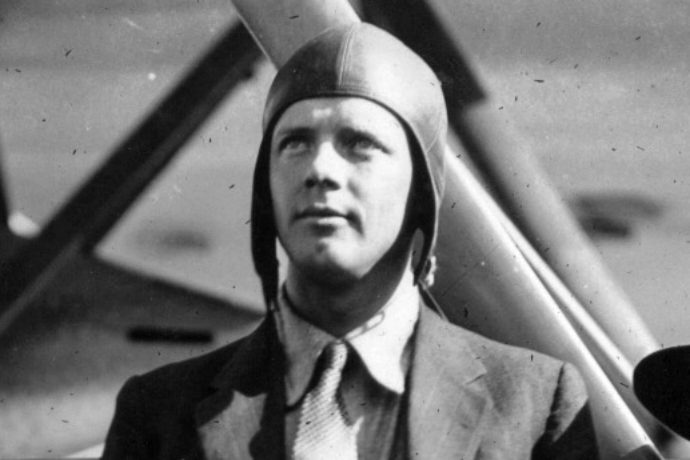When I first read Philip Roth’s The Plot Against America a few years ago, the book seemed paranoid. By this past spring, it seemed prescient, and by late September, downright prophetic.
Now, the week after the election, it feels like a roadmap. It’s difficult to think of a better example of the rigorous, imaginative work that will be necessary to prepare for a Trump presidency.
Here’s the setup of the novel, which was published in 2004: a celebrity, famous for achievements unrelated to politics, suddenly starts pushing conspiracy theories about a religious minority. The rhetoric gets him some public traction, but he’s seen as a fringe figure.
Then, unexpectedly, the Republican party nominates the celebrity to be its presidential candidate. Established political leaders dismiss him but, ignoring them, he runs a completely unorthodox campaign on an isolationist, nativist platform.
He wins.
Roth’s celebrity politician is the aviator Charles Lindbergh, who really did flirt with majoritarian demagoguery in the 1930s, and whose name actually was floated for a presidential run in the election of 1940 (a Republican senator asked, but Lindbergh declined).
In the novel, Lindbergh forms a close alliance with Hitler, keeps the United States out of World War II, and gradually amps up anti-Semitic policies until Jews, isolated from their local communities, become the targets of American pogroms.
It would be a mistake to read the book as a straightforward alternate history. The mild surrealistic thrills of the genre are there, but they’re not central to the novel.
Nor is the book a warning about American bigotry, exactly. As always, hatred and violence are the inscrutable givens of Roth’s fictional universe. The question for him is not why violence exists. The question is how people react when they realize that their stability is, and always was, an illusion.
The book’s narrator, an elementary school-aged child named Philip Roth, puts it this way:
[Lindbergh’s] nomination by the Republicans to run against Roosevelt assaulted, as nothing ever had before, that huge endowment of personal security that I had taken for granted as an American child of American parents in an American school in an American city in an America at peace with the world.
Roth-the-author assumes that American fascism would only partly resemble its European sibling. Instead of demonizing its chosen Other, the Lindbergh government diagnoses Jews as imperfectly assimilated. Then it sets out to fix the problem. The program to help Jews assimilate forces its targets into increasingly vulnerable and humiliating positions. Some flee these policies, but many more cooperate, grudgingly. A few become active promoters.
Virtually all of the characters are Jews. In a roundabout way this makes the story more universal, and also more chilling, because what we are reading is not a story of political hatred, but an intimate family drama. Politics takes place in the home, and those politics are mundane, sad, and humiliating. Jews shed each other’s blood as they fight, clumsily, over what to do. Anxious parents hit their children. Roth’s villain—the man who implements the whole grim assimilationist scheme—is a pompous, ambitious New Jersey rabbi.
This is starkly different from the heroic-and-tragic, good-versus-evil lens through which American fiction typically views life under authoritarianism. Instead, Roth suggests, the experience is one of moral ambiguity, constant uncertainty, and low-grade, blinding anxiety.
Is this preparation for what’s to come? I have no idea. Can I imagine a 21st century American government trying to do to American Muslims what the fictional Lindbergh administration did to American Jews in Roth’s novel? Yes. Can I imagine that our institutions would be too weak to stop that? Not really. But in a time when reality seems unreal, fiction may be an uncomfortably helpful guide.





